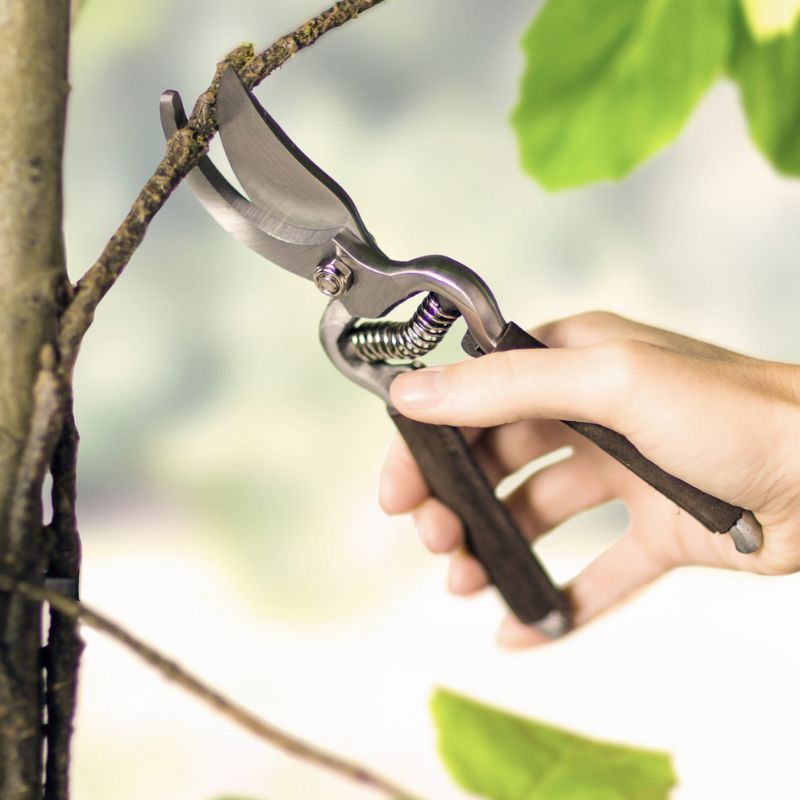Petal Attraction : Why Flowers Are Brightly Coloured
What makes a flower colourful?
What’s in a flower: Colour
As we all know, flowers come in many shapes and sizes, but their most distinguishing feature is their colour. Reds, yellows, blues, purples, whites and many, many more colours are put on display to attract pollinators and other wildlife.
But what gives a flower its colour and how is it influenced by environmental factors? To understand this, let’s get scientific.
What gives a flower its colour?
The colours we see in a flower come from special chemicals known as pigments; there are three main pigments which dictate a flower’s colour – flavonoids, carotenoids and betalains.
Flavonoids are responsible for red, blue and purple colours. These pigments can change colour depending on the acidity of the plant’s cell sap. These are the most important pigment type and are widely distributed in plants.
Carotenoids give flowers their yellow, orange and red colours. These pigments are essential to photosynthesis as they help to expand the range of light absorption. They also serve a secondary purpose of protecting the plant from too much sunlight.
Betalains are less common and are found in select flowers. They produce red, yellow, violet, and orange colours. Often, plants with betalains will be more vividly coloured. Many ‘fluorescent’ flowers contain betalains, and the deep red colour of beetroot is due to this pigment.
Does the environment affect flower colour?
Various environmental factors can influence the colour of a flower.
For example, during warmer weather, more carotenoids will be produced as photoprotection. During these periods, plants can appear more vibrant and vivid. This is especially true for yellow flowers.
Light is another crucial factor. In periods of high sunlight, more anthocyanins (a form of flavonoid) are produced, and this can result in deeper reds and purples. This pigment will also be produced during periods of drought or low water levels.
During the summer, there is more light, warmer temperatures, and less water – this is why summer flowers always seem so vibrant and fresh. It is also why shade-loving plants are less vibrant and intense than their sun-loving neighbours.
Your soil will also dictate the dominant colour of the flowers in your meadow. Plants that like acidic soils will generally be blue, purple, pink, and red. On the other end of the scale, plants that enjoy alkaline soils will tend towards yellow, orange and white. Neutral soils provide a base for the widest range of colour with no single dominant hue.
Why are flowers so colourful anyway?
The primary function of a flower is to be pollinated and produce seed for the next generation. To do this, they must attract as many pollinators as possible.
Different insects will be attracted to different colours. Bees are more attracted to blues, violets, and yellows; butterflies prefer reds, oranges and pinks; moths like white and paler colours (most fly at night, so pale colours are more likely to attract them); while flies choose dull colours such as brown, purples, and dark reds.
By attracting the correct pollinator, the plant can greatly increase its chances of producing the next generation.
And so…
The beautiful colours of our flowers are more than just pleasing to the eye. They are the result of complex processes (of which we barely touched the surface) and evolutionary strategies designed to ensure that the plants successfully reproduce.
By understanding even the basic processes, we can appreciate the intricate relationships that plants have with their environment and the other creatures that inhabit it, honed by millions of years of evolution.














